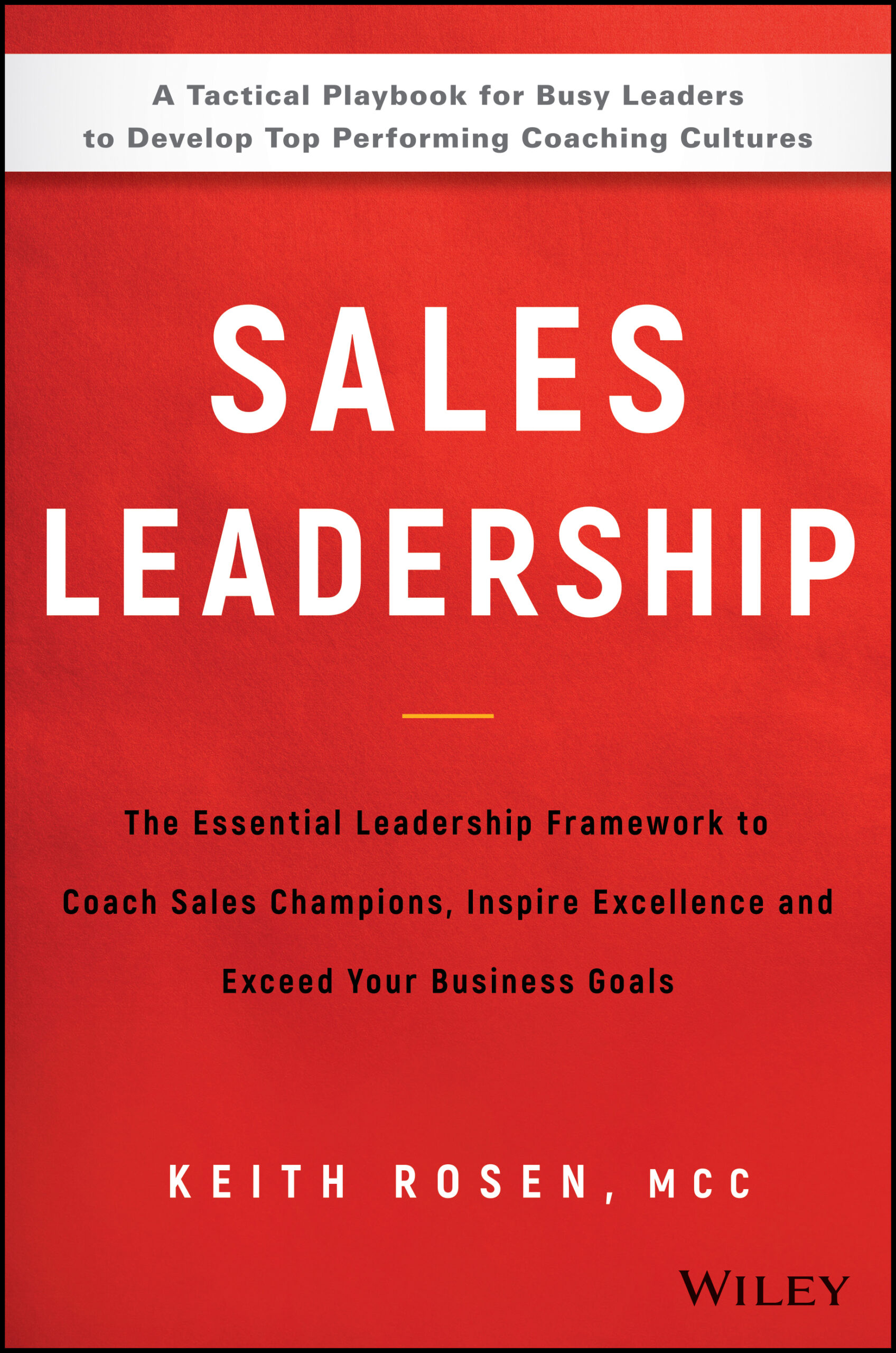Rather than react to an objection with a statement that creates an adversarial posture between you and the prospect (Example: defending your position, service, or product) respond to the objections you hear with a question using the three step I.G.O. Permission Based Selling™ process to defuse them. Here’s how.

Remember, after gathering the information during your discovery process, use this information to conclude your sales process and ask for their business. If done effectively, all you are really doing is reconfirming the information that they previously shared with you as to why they want to use you and your company – because you’ve satisfied all of their needs.
[label color=”blue”]I[/label] – Isolate the objection.
[label color=”blue”]G[/label] – Gain permission to have a dialogue.
[label color=”blue”]O[/label] – Offer solutions or new possibilities.
Step 1. Isolate the Objection
Ensure that you are actually dealing with a valid objection rather than a smokescreen. You don’t want to overcome smokescreens because you can’t. That’s the inherent quality of a smokescreen; if you overcome one, the prospect will just create another one. Therefore, isolate the objection down to its core to see if the initial objection they shared with you is really the truth or if it’s something else. The “something else” could be that they don’t believe you, don’t trust you yet, don’t believe you or your product can help them, they may not be the decision maker, they have been burned before, they are simply having a bad day and you are their new target, and so on. Confirm whether the objection they shared is the core objection or if the real objection is actually something else. These questions will enable you to expose what their primary concern actually is.
Step 2. Get Permission
Get permission to discuss solutions and have a dialogue. Now that you’ve smoked out the real objection, it’s time to offer a solution. However, the key for this conversation to work without you sounding like a high pressure or “cheesy” salesperson is to first get permission. You can create a new opening to overcome a prospect’s concern by asking for permission to do so.
1. “Mr. Prospect, if budget was no longer an issue for you, would you be open to exploring this in more detail?”
2. “Mrs. Prospect, if there was a way to make this slide comfortably into your budget, would you be open to discussing this in more detail?”
Use “If” Questions. Reverse or take away the objection to determine if “not having a budget” or if “working with another vender” is the only thing that’s truly getting in the way. Now that I’ve hypothetically removed this objection, their response should be a “Yes,” which would then give me the permission to allow me to continue our conversation and focus on a solution; such as uncovering a measurable budget, a time they would have a budget, or the results they really want, rather than dwelling on the objection or the problem. Once again, keep in mind that if they respond with a “No,” then there’s still something else going on, you haven’t uncovered the core objection or another objection or roadblock that they haven’t shared with you yet.
Step 3. Offer a Solution
If they say “Yes,” you now have a prospect who is interested in hearing more about the solutions you offer.
Salespeople don’t overcome objections, prospects do. The only person who can truly overcome an objection is the prospect. Salespeople create the opportunity for this to occur through their effective use of questions. Selling is therefore the art of asking questions, listening openly and intentionally, and gaining information; not giving it.
Photo Credit: Keith Nerdin



